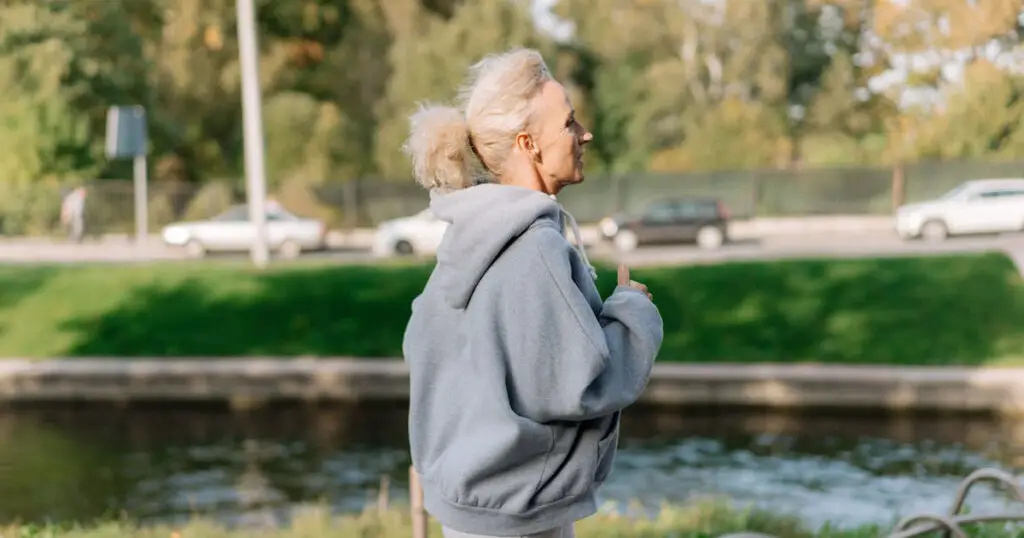Key takeaway: The key takeaway from our exploration of fitness programs for older adults is the undeniable benefit these activities bring not only to physical health but also to mental and emotional well-being. Engaging in exercises like shoulder blade squeezes, pelvic tilts, and wall pushups can significantly improve strength, flexibility, and balance, reducing the risk of falls and other injuries.
More importantly, participating in these fitness programs fosters a sense of community among participants, combating loneliness and promoting a shared pursuit of health and happiness. Remember, it's never too late to start on the path to a healthier, more active lifestyle.

As we age, our bodies go through numerous changes that can impact our physical abilities and overall health. One of the most important things we can do to maintain our well-being as we get older is to stay physically active. However, finding the right fitness program that caters to the needs and limitations of older adults can be challenging. Thankfully, there are now a variety of fitness programs specifically designed for this demographic, providing a safe and effective way to stay active and healthy.
In this article, we will explore the importance of fitness programs for older adults and introduce some simple exercises that can easily be incorporated into daily routines. We hope to inspire our readers to prioritize their health and well-being, no matter their age.
The Importance of Fitness Programs for Older Adults
Staying active is crucial for older adults as it can help improve mobility and balance, reduce the risk of chronic diseases such as heart disease and diabetes, and boost overall mental health. Regular physical activity also helps maintain healthy bones and muscles, reducing the risk of falls and fractures. Additionally, participating in fitness programs can provide a social outlet, promoting a sense of community and connectedness.
However, it’s essential to choose the right type of exercise that is safe and suitable for older adults. This is where fitness programs specifically designed for this demographic come in. These programs are created with the unique needs and abilities of older adults in mind, incorporating low-impact exercises that are gentle on the joints and cater to a range of fitness levels.
Shoulder Blade Squeeze
This exercise helps improve posture, strengthen the upper back muscles, and reduce tension in the neck and shoulders.
To perform this exercise, sit or stand with your arms by your sides and your shoulders relaxed. Slowly squeeze your shoulder blades together, hold for a few seconds, and release. Repeat 10-15 times.
Pelvic Tilts
Pelvic tilts are an excellent exercise for strengthening the core muscles, improving balance, and reducing lower back pain.

Begin by lying on your back with your knees bent and feet flat on the floor. Flatten your back against the floor by contracting your abdominal muscles. Hold for a few seconds, then release. Repeat 10-15 times.
Wall Pushups
Wall pushups are a modified version of traditional pushups that provide similar benefits without putting too much strain on the shoulders and wrists.
Stand facing a wall with your arms extended in front of you at shoulder height, palms flat against the wall. Slowly bend your elbows and lean towards the wall, then push back to the starting position. Repeat 10-15 times.
Frequently Asked Questions
In this section, we will be delving into some of the most common inquiries and curiosities that surround our topic.
Can I still participate in fitness programs if I have certain health conditions?
It’s always best to consult with a doctor before starting any new exercise program, especially if you have pre-existing health conditions. However, most fitness programs for older adults can be tailored to accommodate different needs and abilities.
Do I need special equipment for these exercises?
Most of the exercises mentioned in this article require little to no equipment and can easily be done at home. However, some programs may use basic items such as resistance bands or lightweights to add challenge and variety.
How often should I exercise?
It’s recommended to aim for at least 150 minutes of moderate aerobic activity each week, along with strength training exercises at least two days a week. However, the frequency and intensity of exercise can vary depending on an individual’s fitness level and health goals.
Conclusion: Fitness Programs for Older Adults
It’s never too late to start prioritizing our health and well-being, and participating in fitness programs for older adults is an excellent way to do so. These programs offer a safe and effective way to stay active, maintain physical function, and improve overall quality of life.
By incorporating simple exercises into daily routines, we can promote a healthy and active lifestyle well into our golden years. So let’s get moving! Remember to always consult with a doctor before starting any new exercise program, and listen to your body’s needs and limitations.



Leave a Comment
You must be logged in to post a comment.